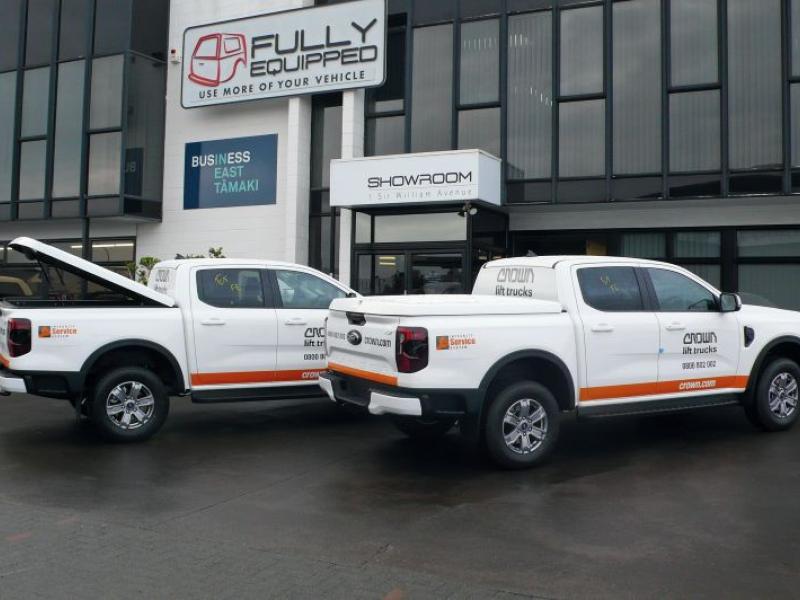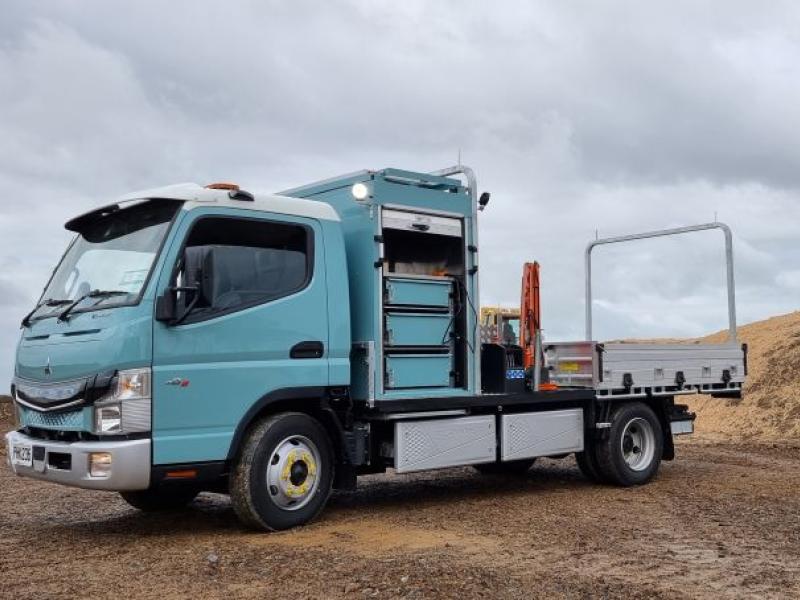The claws have come out as Peugeot launches a diesel-electric hybrid into the premium crossover segment frequented by German and Japanese marques. Robert Barry reports on the 508 RXH.
The high-riding plastic-clad all-wheel-drive premium crossover is not a new concept, but Peugeot’s entry into this segment with the 508 RXH comes from a completely different angle in terms of engines and driveline technology.
It’s the world’s first diesel-electric hybrid premium crossover that is now the flagship of the 508 range, and is priced from $74,990 including 50,000km of road user charges.
Where the Audi Allroad, VW Passat, and Subaru Outback have a conventional mechanically-driven all-wheel-drive system, the 508 RXH has a 2-litre 120kW turbo-diesel engine which powers the two front wheels, which is combined in parallel with a 27kW electric motor with ancillaries, located underneath the boot space, which power the rear wheels when required.
Peugeot calls the power train Hybrid 4, and it was first unveiled in the high-riding 3008HY4 crossover which was also part of the recent launch programme in Queenstown.
Unique to the 508 RXH (and also the 3008HY4) is an automated six-speed single-clutch EGC transmission, which Peugeot says has been used because it is best suited to the parallel systems and provides optimum fuel consumption.
While these EGC systems have been lambasted by motoring media previously for the inability to change smoothly, Peugeot says at each gear change in the 508 RXH, the breaks in torque are compensated for by the thrust contribution of the electric motor, resulting in smoother gear shifts and greater driving comfort.
We can say with certainty that Peugeot has certainly got this right, at last.
The electric motor, power electronics, high voltage reversible alternator and the systems which control the dialogue between these and the ABS and ESP systems, were supplied to Peugeot by Bosch, while the high voltage Ni-MH batteries were supplied by Japanese manufacturer Sanyo.
Peugeot says that with maximum power of 147kW, and 450Nm of torque provided through the all-wheel-drive system, the 508 RXH has been designed to adapt to driving in all types of conditions, yet it offers a ZEV (100 percent electric) mode, which is ideal for urban driving, and can reduce fuel consumption to less than 4.1L/100km and C02 emissions to just 107g/km.
Many hybrids are not recommended for towing, but Peugeot says the 508 RXH can tow a braked trailer up to 1,100kg with load transfer or 800kg without. Sadly, though, the RXH does lose some luggage capacity due to the rear engine, although there is 423 litres of space with the rear seats in place.
Launching the 508 RXH in Queenstown was intended to show the car’s suitability for the local market, and its capacity to adapt to our unique and ever-changing driving conditions, which it handled quite capably.
There are four driving modes in the 508 RXH which the driver can select - Auto, ZEV, 4WD, and Sport.
Auto mode, says Peugeot, provides the lowest fuel consumption and least C02 emissions by combining the output from the two power sources in the most efficient manner, which also includes the use of the stop/start system in urban traffic.
In ZEV mode, the 508 RXH will provide up to 4km of silent travel at a speed of up to 70km/h, but this is dependent on the batteries having at least a 50 percent charge, and how much the driver uses the climate controlled air-conditioning and other power-hungry devices in the car.
Although the 508 RXH is primarily driven by its front wheels, engaging 4WD mode allows a driver to cross a muddy track or drive up a snow-covered road to a ski resort. The system can send 40 percent of torque to the rear axle at low speeds, and can change the split due to wheel grip and engine speed.
Even when the batteries are flat, the four-wheel-drive function is always available due to the 8kW of constant power provided by the alternator. Peugeot says this is enough energy to maintain traction when driving conditions demand it.
The Sport mode basically opens up the taps, and allows the driver to fully exploit the abilities of the two power sources and of the all-wheel-drive system. Sport mode allows faster gear change patterns than Auto mode, and will also allow manual down changes as well.
In direct comparison to the 508 SW on which it is based, the new RXH has a 16mm wider track, and its ride height has been increased by 50mm. Four handsome 18 inch alloy wheels sit at each corner, shod with Michelin Pilot Sport 3 245/45R18 tyres.
But the most striking detail of the 508 RXH are the LED day time running lights, which have been designed by Peugeot to give the impression of three vertical “lion claws” on each side of the “floating” grille. They certainly give the RXH a much more aggressive stance than its sibling 508 models.
As befitting a new flagship model, the 508 RXH is comprehensively appointed, with many items that are now considered de rigeur in the premium segment.
These include leather upholstery with heated front seats, adjustable thigh support for driver and passenger, quad zone automatic climate air con, a panoramic glass roof with powered shade cover, privacy glass, front and rear park aids, heads-up display, satellite navigation, USB plug, rain-sensing wipers, and bi-xenon automatic headlamps.
Think of the 508 RXH as a more affordable Audi Allroad and you are not far wrong. It’s certainly a step up from previous Peugeots in terms of quality, fit and finish, and feels solidly built and well executed.
We were impressed with the abilities of the 508 RXH on the open roads around Queenstown and Cromwell, and the hybrid power train certainly provided plenty of get up and go, when required. Ride quality was good, and the transmission changed smoothly and almost imperceptibly .
* All things being equal, we’re hoping for a full road report on the 508 RXH in the October issue of Company Vehicle.






